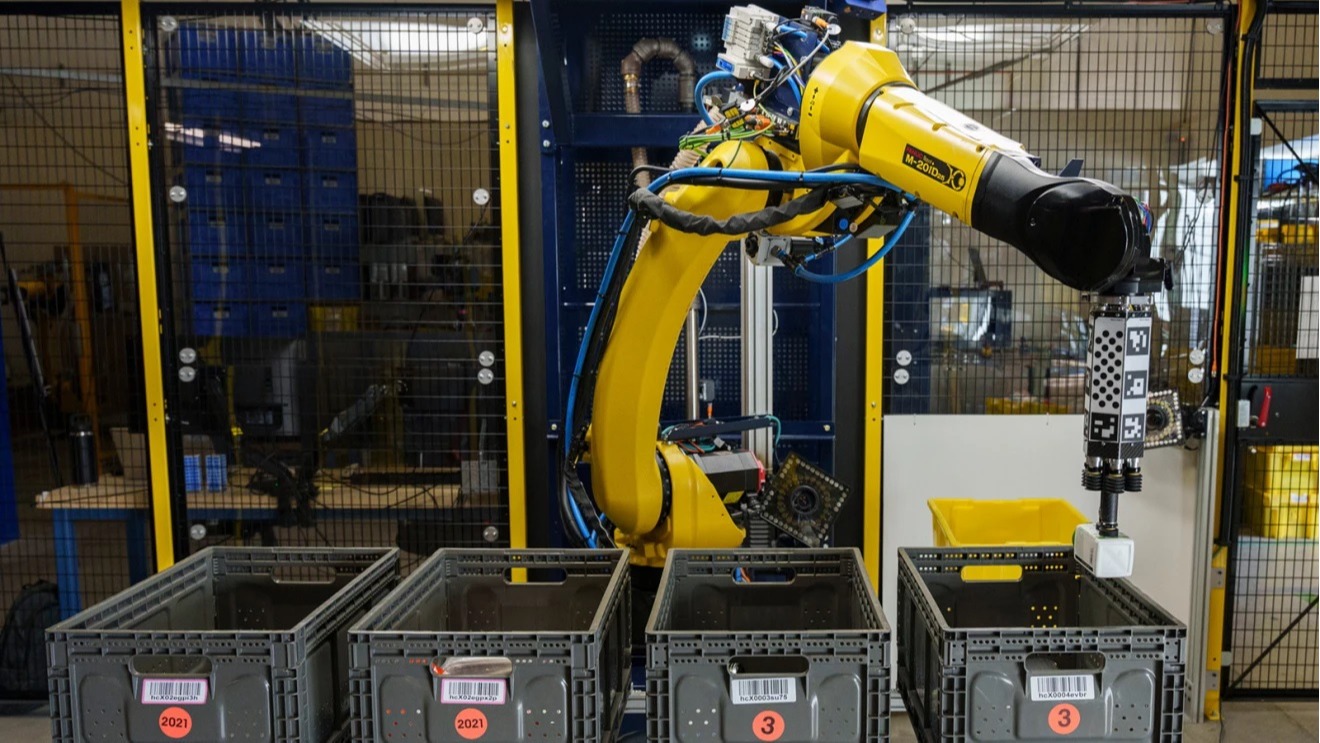TikTok parent company ByteDance is working with J.P Morgan to evolve the social media platform’s payments infrastructure.
A case study on J.P Morgan’s website reveals the bank has been brought in to help ByteDance streamline payments on TikTok.
A key part of TikTok’s business model is that its users can offer cash or buy virtual in-app coins to spend on virtual gifts for content creators and influencers.
According to analytics firm Sensor Tower, TikTok users worldwide spent $3.4 billion on TikTok in 2022, up from $2 billion the previous year, while spending in the US alone more than tripled – to $670 million – from the previous year.
Challenges for TikTok listed in J.P Morgan’s case study include limited pay out options, lack of visibility into payment status, long settlement cycles, and maintaining multiple accounts.
J.P Morgan has developed a payment solution with the “comfort and convenience of its users front and centre”, according to its case study.
The solution includes real-time payments infrastructure that can be connected to local clearing systems. This allows users, content producers, and influencers to be paid instantaneously and directly into their bank accounts at any day or time, the bank said.
TikTok’s host-to-host connectivity with banks has also been overhauled and replaced with application programming interfaces (API) connectivity that allows real-time exchange of data between ByteDance and J.P. Morgan.
J.P. Morgan has also deployed its Virtual Account Management (VAM) cash management and liquidity tool, which enables functions including segregation, automated reconciliation, and greater visibility and control over payments.
The pair-up may raise hackles over data privacy concerns. TikTok recently conceded that some of its China-based employees had access to UK and EU user data, a direct contradiction of previous statements.
Last year the UK parliament moved to close its TikTok account citing concerns that sensitive data could be shared with the Chinese government.
Latest News
-
The top technology trends to expect in 2026
-
The most read National Technology News stories of 2025
-
Lyft and Uber sign deals with Baidu for robotaxi trial in London
-
Nextdoor launches AI-driven self-serve ads platform for small businesses
-
Italy's antitrust fines Apple €98.6m over alleged App Store dominance
-
Visa partners with UAE real estate firm to launch voice-enabled agentic commerce payments
The future-ready CFO: Driving strategic growth and innovation
This National Technology News webinar sponsored by Sage will explore how CFOs can leverage their unique blend of financial acumen, technological savvy, and strategic mindset to foster cross-functional collaboration and shape overall company direction. Attendees will gain insights into breaking down operational silos, aligning goals across departments like IT, operations, HR, and marketing, and utilising technology to enable real-time data sharing and visibility.
The corporate roadmap to payment excellence: Keeping pace with emerging trends to maximise growth opportunities
In today's rapidly evolving finance and accounting landscape, one of the biggest challenges organisations face is attracting and retaining top talent. As automation and AI revolutionise the profession, finance teams require new skillsets centred on analysis, collaboration, and strategic thinking to drive sustainable competitive advantage.
© 2019 Perspective Publishing Privacy & Cookies








Recent Stories